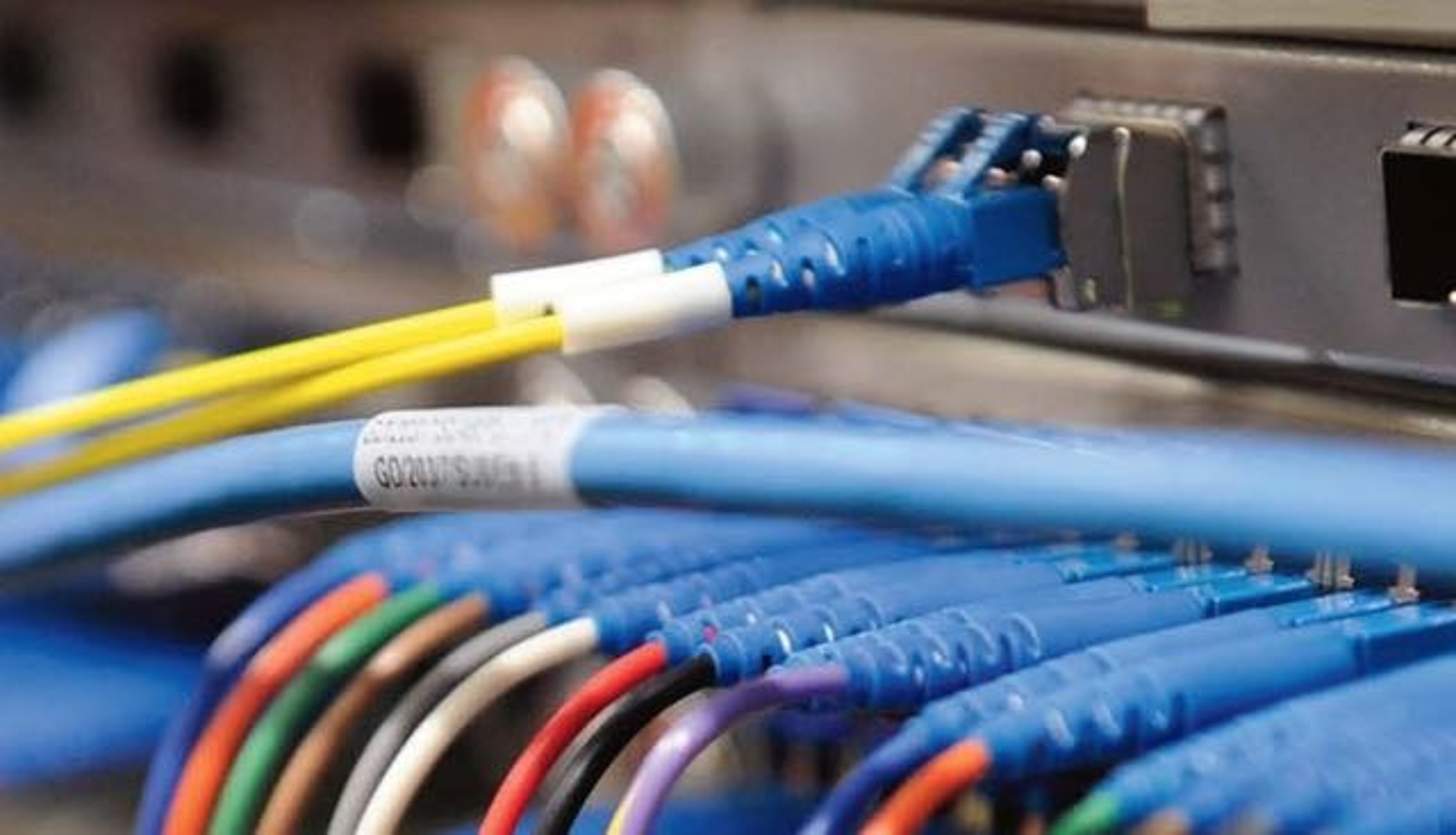Previously, a scheme introduced in 2019 allowed retail service providers to aggregate all bandwidth from users’ plans into a national pool, which could then be redistributed based on dynamic consumption needs.
The pooling system enabled higher-speed plan users to potentially offset the bandwidth usage of lower-speed plan users, leading to a more flexible allocation of resources. However, the new price structure has terminated the pooling arrangement, prompting observable changes in customer behavior.
Recent data published by the ACCC indicates a substantial migration of customers from the 100Mbps to the 50Mbps tier. These shifts primarily reflect alterations in service management strategies rather than changes in user speed preferences.
According to the ACCC, under the previous wholesale cost structure, some providers, notably TPG and Optus, found economic advantages in purchasing 100Mbps wholesale services to deliver 50Mbps at the retail level.
However, with the revised pricing model, the 50Mbps wholesale tier has become more financially viable for providing 50Mbps retail services.
The data reveals significant adjustments in customer distribution, with Optus gaining approximately 500,000 more customers on the 50Mbps tier by the end of last year, compared to three months earlier, and TPG Telecom experiencing an increase of nearly 285,000 customers.
Concurrently, there has been a corresponding decrease in customers at the 100Mbps tier, mirroring observations made in 2022.
The exact extent to which Optus employed this pricing strategy was previously unclear until the recent release of data by the ACCC.
Meanwhile, Aussie Broadband, Vocus and Superloop have strengthened their numbers against Telstra, Optus and TPG, according to The Australian Competition and Consumer Commission (ACCC)’s latest NBN Wholesale Market Indicators Report .
The three major broadband providers lost nearly 80,000 services in the December 2023 quarter, while smaller NBN providers Aussie Broadband, Vocus and Superloop, gained over 62,000 NBN wholesale services during that period.
Last year Justice Michael O’Bryan, president of the Australian Competition Tribunal, delivered a decisive message to telecommunications giants Telstra, TPG, and Optus.
He announced the tribunal’s decision to uphold the competition regulator’s ruling, which blocked Telstra and TPG’s proposed agreement to jointly utilise regional network infrastructure and mobile spectrum.
The change in wholesale speed tiers is unlikely to reflect an actual shift in household preferences from 100 Mbps services to 50 Mbps. Rather, it is more likely that NBN Co’s wholesale price changes have led to the 50 Mbps wholesale tier being more cost-effective for supplying 50 Mbps retail services.







